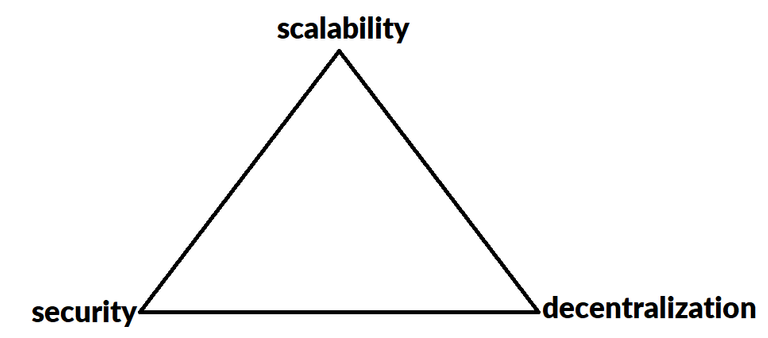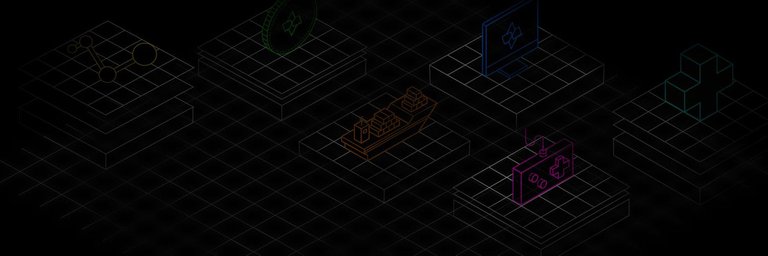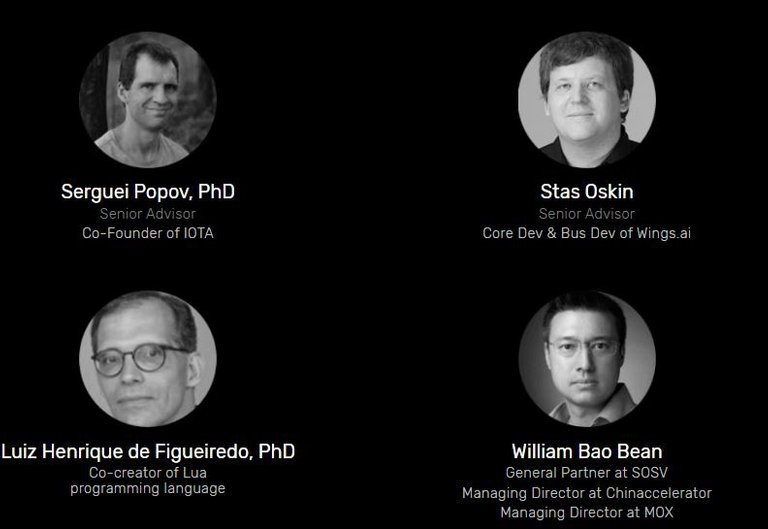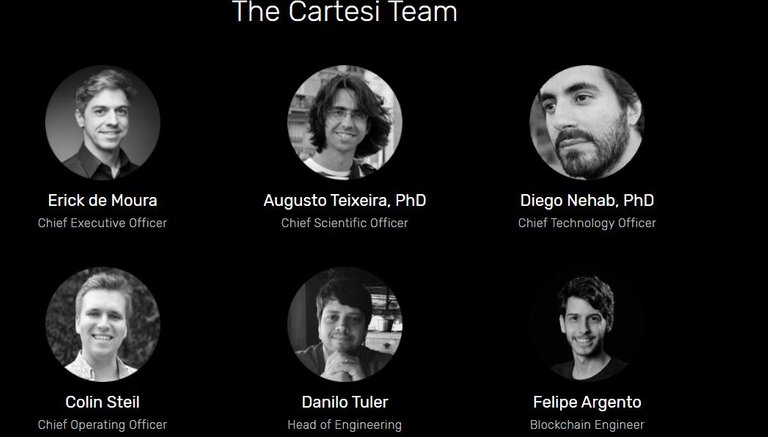Cartesi hopes to bring the blockchain to linux

Now,there is bitcoin and other cryptocurrencies with an overall market capitalization of approxiamtely $300 billion dollars and bitcoin averaging $10,000 and lots of institutions and individuals are envisioning the possibility of bringing more applications to the blockchain system
There are lots of problems of which we will talk about that confronts this future possibilities and the solutions that Cartesi is proposing,
One of the first we have to understand is where we are today,blockchain 1.0,blockchain 2.0, and the future
Blockchain 1.0
We talk about bitcoin and its derivates(clones and forks), Competitive consensus(every node has to race against other nodes to be able to compute the nonce of a transaction),there is intense computation(this is not environmental friendly and you can’t use your regular PC,you have got to use an ASIC), Low Throughput (the average transaction per second of the bitcoin network is less than 10 TPS) and high transaction costs.Blockchain 2.0
We have the likes of Ethereum and others who are bring decentralized applications and smart contracts,decentralized finance and a whole host of other possibilties.We have smart contracts and decentralized applications and we are trying to tokenize every single thing ,of course multi trillion dollars industries and sectors can be tokenized on the blockchain but there are problems
What are some of the problems
We have the issue of scalability(how do we increase how much transaction a blockchain can do),development environments(how do we bring exisitng languages and frameworks that developers are used to the blockchain without actually constraining them to use some new and strict languages or certain virtual environments).

According to Vitalik Buterin Scalability Trilemna,you can’t have all three(scalability,decentralization and security),one may wonder why bitcoin is so secure,the answer is not far fetched,there exists a competitive consensus,a little bit of decentralization and it’s very secure because no single entity or individual have enough of resources greater than 52% of the entire network to be able to cause a 51% attack.
So what are some of the scalability solutions that have been proposed
There are two approaches to scalabilty so far,Layer 1 & Layer 2
Layer 1 consists of solutions like optimized block sizes(increase how many transaction that can go into a single block,example is bitcoin,bitcoin cash etc),sharding(here we split the network into multiple smaller units with each capable of handling transactions e.g zilliqa etc),DPOS(decentralized proof of stake,here consensus responsibility is delegated to block leaders who have such as against everyone competing for transactions)
Layer 2 solutions
They try to bring an extra layer to the blockchain,we have the likes of plasma,sidechains and state channels
One of the closest to what cartesi is doing is Truebit,it’s a layer 2 solution,but with some slight differences.
Differences between Truebit and Cartesi
Truebit is based on WebAssemby which is been developed by the W3C community and it’s designed to sit between the app and the operating system,but cartesi is developed after RISC-V which is been developed in UC Berkley. Cartesi is portable across blockchains for off-chain computations while Truebit is not. Cartesi can handle large storage requirement while Truebit can only handle the hashes of those transactions, Offchain computations can be handled by smart contracts while none of such exists in Truebit
FEATURES OF CARTESI

1.It allows you to use existing languages and frameworks
Cartesi gives Dapp developers the ability to use all the existing programming languages, tools, libraries, software, and services they are have familiarity with.
2.You can move complex logic of Dapps offchain without a problem
By moving a sizeable portion of the complex logic of DApps to portable off-chain components, developers are absolved from the complexities and limitations imposed by blockchains. With this, Cartesi puts the power in the hands of developers who get to choose the best runtime environment in which to host each part of their DApps.
The Decentralized applications in Cartesi are of two components,there is a blockchain component and an offchain component
Cartesi Nodes has two parts, it runs Native computations on the host hardware and reproducible computations that run inside cartesi machines
The consensus that happens in Cartesi is local as against other blockchains that are global,there are certain kinds of transactions that need global or every party consensus,a local consensus is enough
TEAM
The team consists of Erick de Moura Chief Executive Officer,Augusto Teixeira, PhD Chief Scientific Officer, Diego Nehab, PhD Chief Technology Officer and other bright minds who are helping to make this goal a reality.
ADVISORS

Cartesi has in its arsenal some of the brightest minds in the field of IT among them areSerguei Popov, PhD Senior Advisor Co-Founder of IOTA,Stas Oskin Senior Advisor Core Dev & Bus Dev of Wings.aiLuiz Henrique de Figueiredo, PhD Co-creator of Lua programming language and a host of others.
Learn more
Website|Telegram|Twitter|Github|Medium
